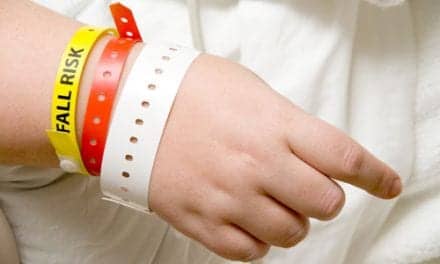
According to an AAPM news release, researchers used a longitudinal study design and conducted phone interview with 277 combat-injured military service personnel every 3 months for 2 years, following their initial hospitalization for acute care. The release notes that the mean age of participants was 28 years. A total of 83.2% sustained lower extremity (LE), 33.5% LE amputation, 8.9% bilateral LE amputation, 48.7% upper extremity (UE) injury and 8.9% UE amputation. The respondents reportedly answered questions intended to measure multiple outcomes connected to pain and behavioral health.
The results suggest that the Brief Pain Inventory (BPI) average and worst pain and the Neuropathic Pain Scale (NPS) items and subscales were significantly lower post-treatment when compared to baseline with no significant statistical differences noted at time points beyond 6 months. A total of 13.5% reported depression, 5% suicidal ideation, and 13.9% generalized anxiety disorder. The results also indicate that 45.9% reported a low level of PTSD and an additional 11.7% reported a high level.
Rollin M. Gallagher, MD, MPH, study leader, emphasizes that the research demonstrates that severely injured veterans will require ongoing biobehavioral pain and psychological care to assist them in coping with the pain and trauma of injury. Gallagher also calls for a focus on occupational and vocational rehabilitation in an effort to assist service members in re-establishing meaningful lives in their communities.
Source: AAPM




